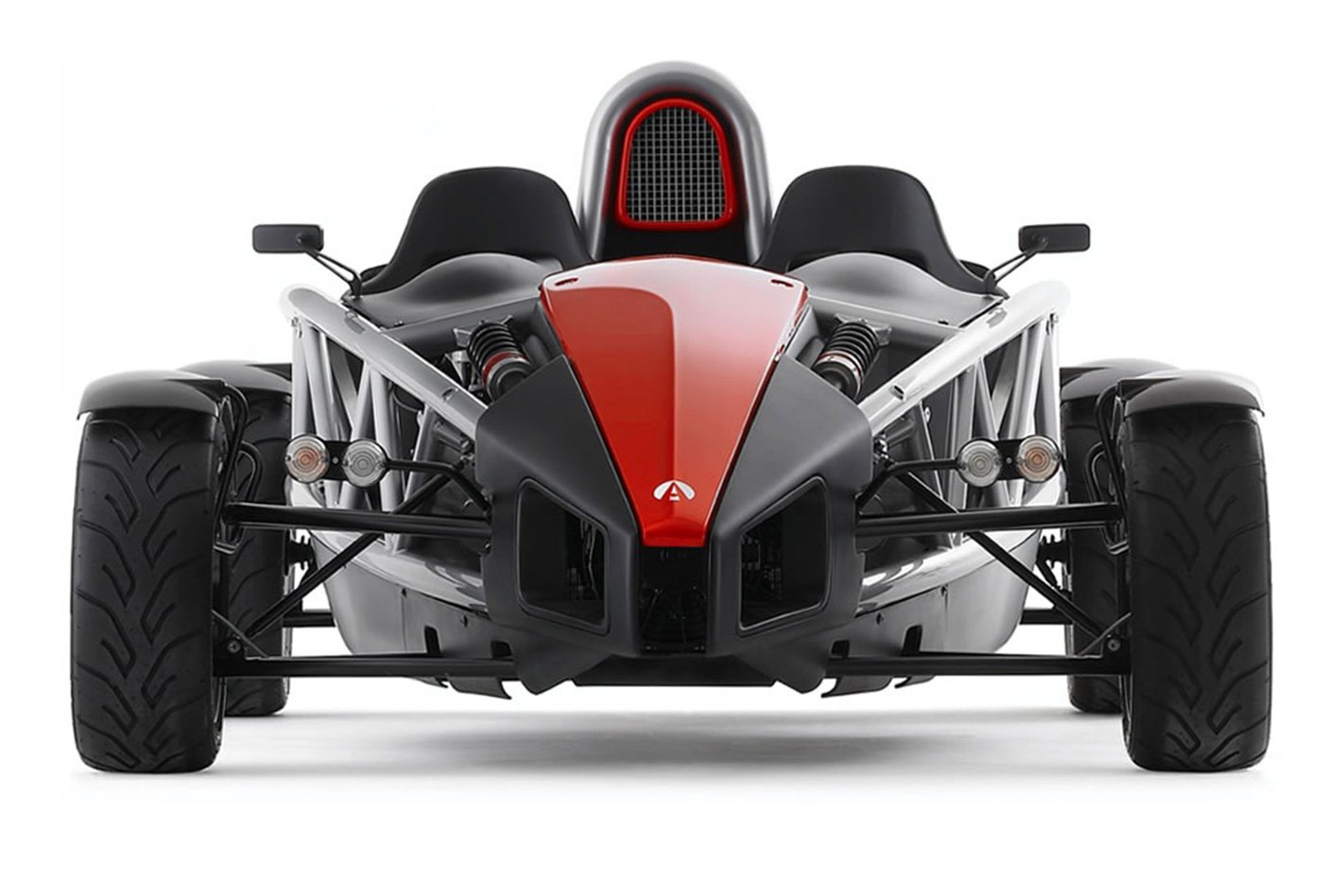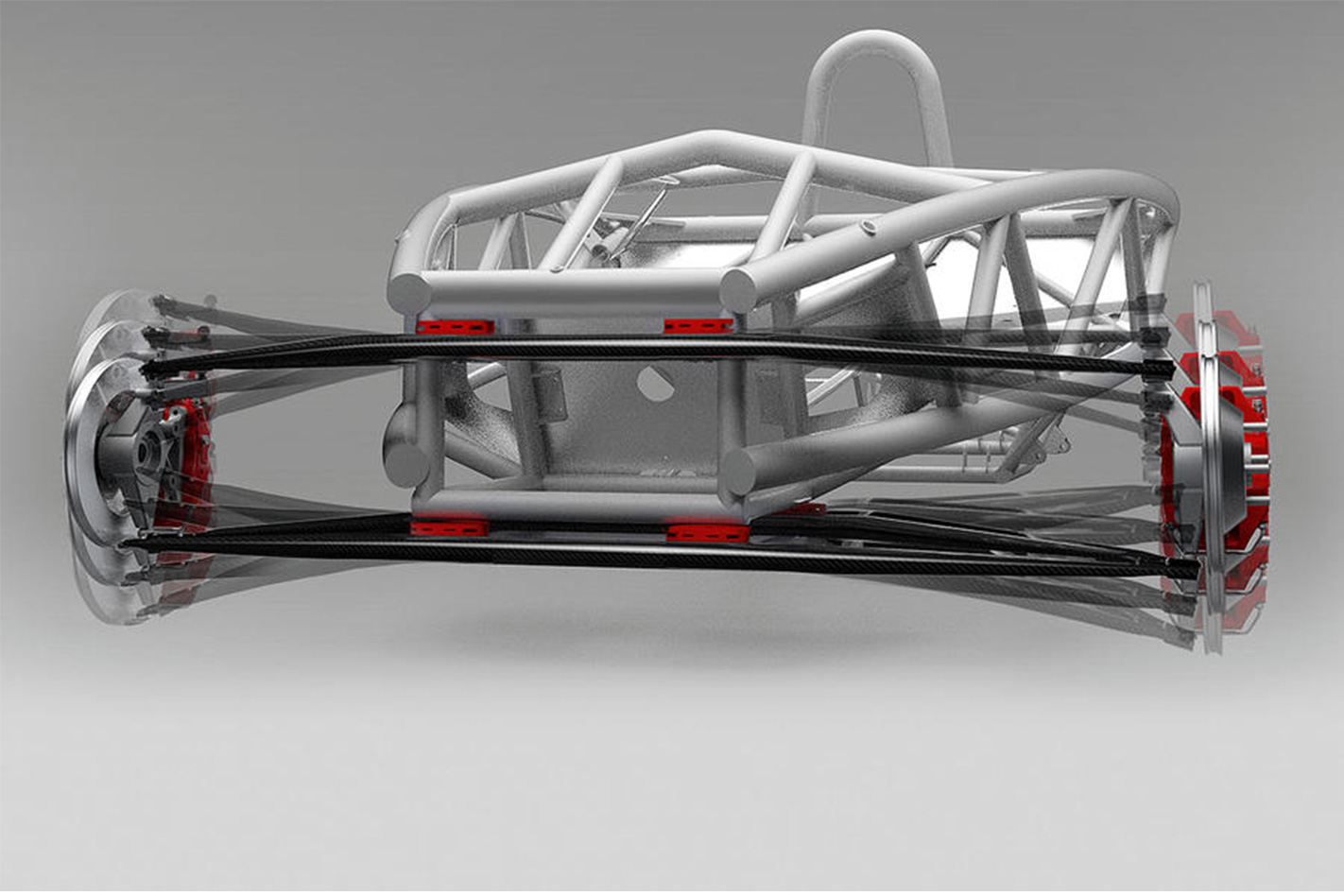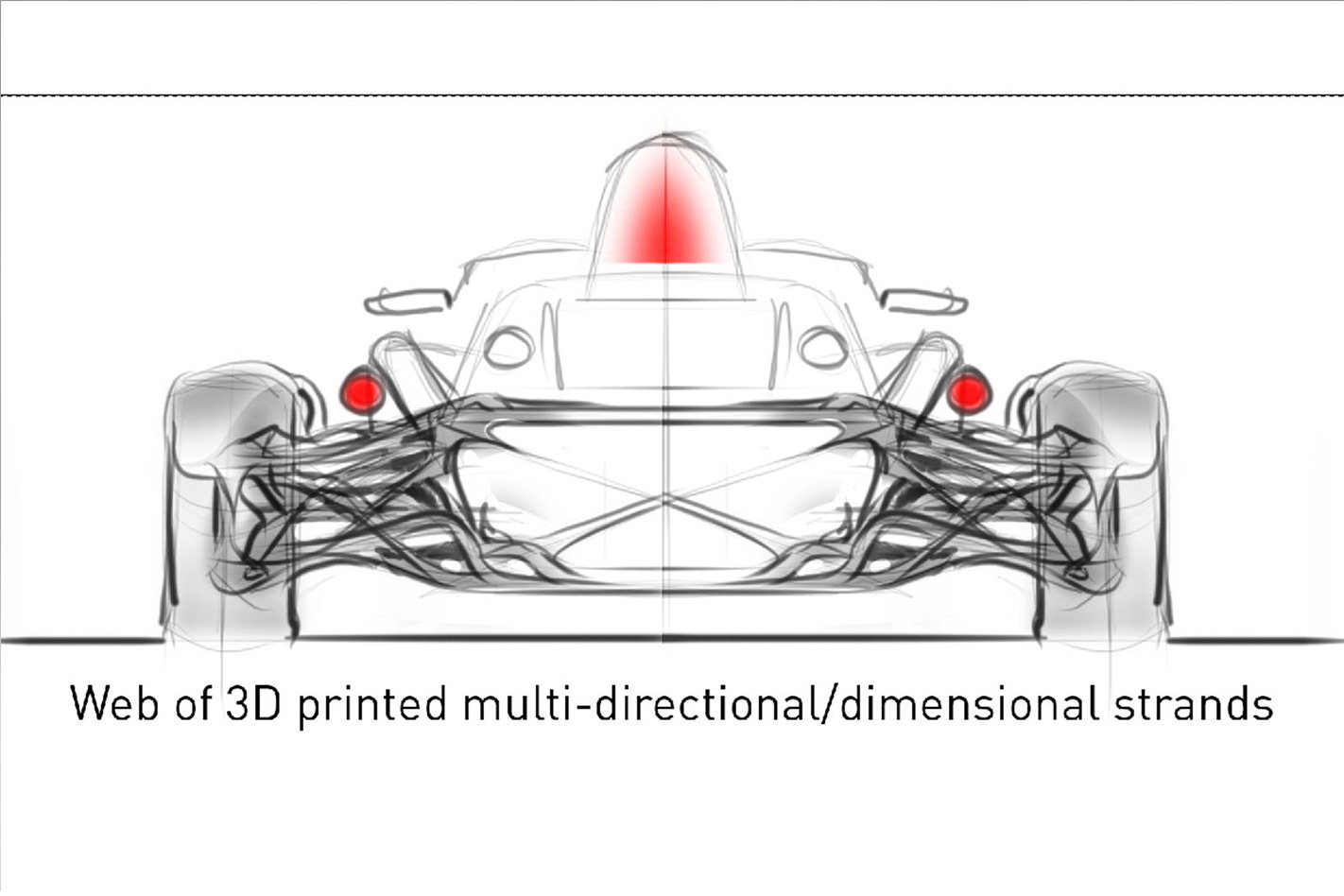What is it?
A conceptual suspension system dubbed LIFT (Lightweight Innovative Flexible Technology) that replaces conventional coil springs and dampers with a simpler, flexible wishbone suspension arm. The revolutionary technology is being developed by a UK consortium comprised of computer-aided engineering specialist Simpact, the Ariel Motor Company, and Warwick Manufacturing Group – a branch of Warwick University.
It’s not quite ready for production cars, but British ultra-light sportscar manufacturer Ariel is developing a prototype to test the technology on its front axle and evaluate the potential for production vehicles.

Regular double wishbone suspension layouts require a coil spring to support the weight of the vehicle and absorb wheel movements, while a damper is necessary for dissipating the absorbed energy, but the LIFT system hands all of these jobs to a flexible lower suspension arm.
The prototype uses a carefully constructed weave of composite fibres of different thickness to do the job of a spring, but the technology will evolve to include piezo fibres that will replace the damper.
The piezo fibres are said to be able to change its flexibility when an electrical current is applied to the material, which allows its damping properties to be controlled through rapid computer processing.

LIFT doesn’t rely on a separate damper and spring unit to function, which reduces suspension weight by up to 40 percent, says its designer. Overall kerb weight reduction has advantages for performance and fuel economy, but minimising suspension heft also reduces critical unsprung weight, which has a more dramatic effect on handling and responsiveness. The simpler layout has the potential to make cars lighter, more fun and more efficient.
An evolution of the composite construction will also allow the piezo fibres to generate electricity for use in hybrid and electric powertrains, just as regenerative braking does for current cars.

Using special active fibres, the LIFT system will allow the ride characteristics to be adjusted for a firm sporty ride, or a more compliant and comfortable setting. The idea is scalable and can be applied to not just the bantamweight Ariel but heavier vehicles as well, while its simplicity makes it durable and long-lasting with a service life of almost a million kilometres, says its maker.
Bright spark
Generating electricity using piezo fibres is exactly the same principle used in an electric cigarette lighter. When the button is pressed, piezo crystals are deformed to generate a high-voltage spark that is used to ignite the gas. In a suspension system, the spark will be routed into the vehicle’s battery.






